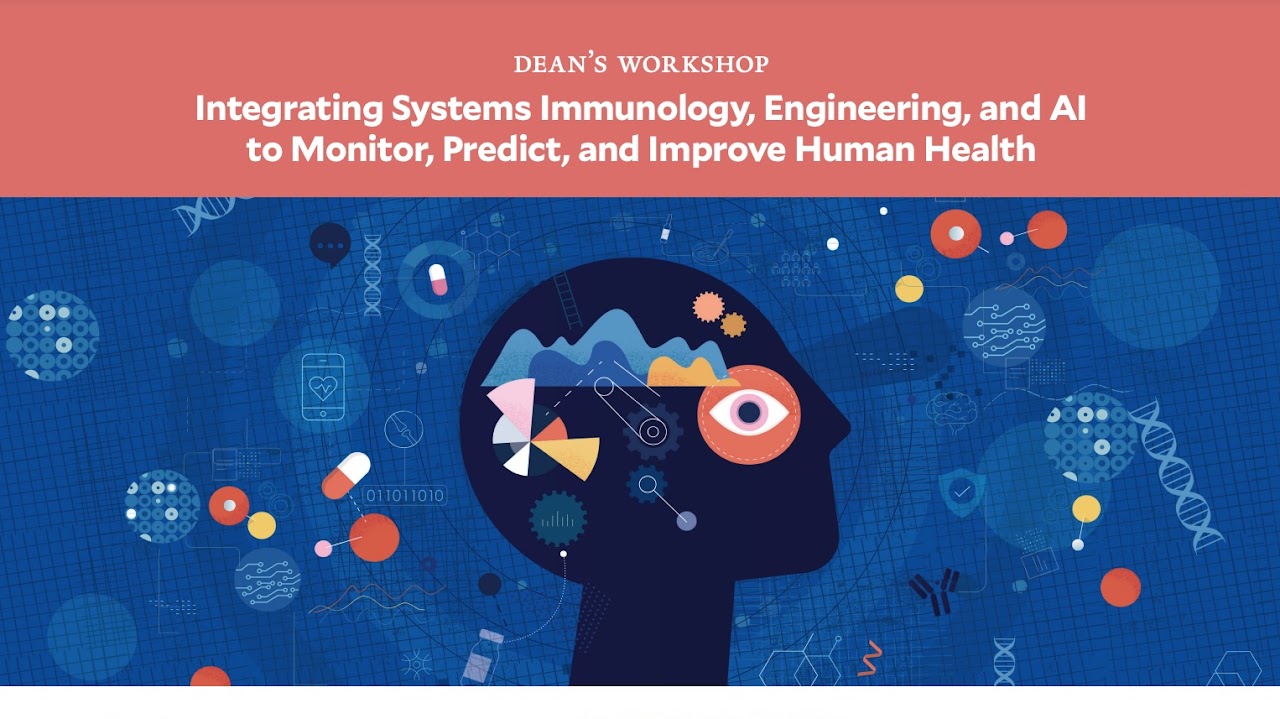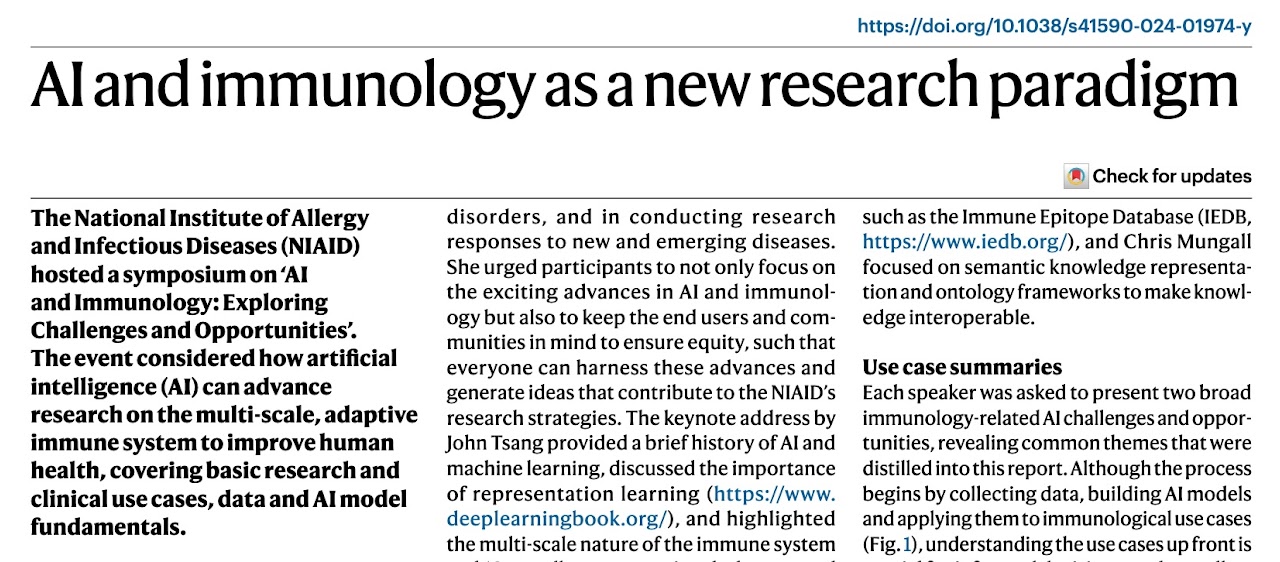Immune Health Scores Are Coming — Diagnostics, Trials & Care Reimagined
Business leaders are on the cusp of a breakthrough: Yale’s immunome map turns complex cellular data into a simple “Immune Health Score,” unlocking new revenue streams in diagnostics, slashing clinical trial costs, and empowering payers with real-time risk management. Early adopters can expect 20–30% fewer trial screen failures, accelerated patient recruitment by up to six months, and a projected 10–15% reduction in high-risk claims in targeted populations.
Executive Summary
- New diagnostics revenue: Move from research assays to CLIA lab tests and FDA-cleared IVD kits, enabling subscription-based immune monitoring for employers and payers.
- Precision trial design: Use immune scores to stratify patients, reduce sample sizes by 25%, and improve go/no-go decisions in immuno-oncology and autoimmune programs.
- Population risk management: Deploy longitudinal immunome baselines for early-warning systems in chronic disease, aging, and outbreak surveillance.
Study performance & limitations: The Nature Medicine paper analyzed 270 participants (228 with diverse genetic disorders and 42 healthy controls) and identified shared immune disruptions across diseases. However, external validation metrics (sensitivity/specificity), ancestry and age diversity data are not yet reported, and reproducibility across multiple sites remains unproven.

Next steps include securing multi-site validation data and refining algorithms for diverse populations to build payer and regulator confidence.
Market Context: A New Layer Above CBCs
Today’s standard labs rely on basic cell counts and single proteins like CRP. Yale’s immune health score integrates hundreds of cell- and protein-level features, positioning it as the first comprehensive immune barometer. In a 270-person cohort, researchers detected early immune shifts in “healthy” volunteers—signals that could prompt preventive interventions months before symptoms emerge. Competitors such as Olink and Adaptive Biotechnologies focus on proteomics or repertoire sequencing; Yale’s platform is uniquely centered on actionable immune function.

Opportunity Analysis: Where Value Accrues
- Clinical labs & diagnostics: Launch high-parameter flow/CyTOF LDTs in 6–12 months, migrate to commercial IVDs by year two.
- Payers & employers: Integrate quarterly immune scores into wellness programs—projected 12–15% reduction in annual acute care costs.
- Pharma & biotech: Embed scores as exploratory endpoints in ongoing trials to decrease screen failures by up to 30% and accelerate enrollment.
- Public health: Establish consortiums for standardized sampling—enable syndromic surveillance with <6-hour turnaround.
- Data moats: Develop harmonized pre-analytics SOPs and secure partnerships with EHR vendors to build longitudinal immune data assets.
Risks & Hurdles (and Mitigation Steps)
- Batch effects & site variability: Implement harmonized pre-analytics SOPs within 3 months; launch a 6-site reproducibility study (6–18 months).
- Equity & diversity: Expand cohorts to include underrepresented ancestries and age groups within 12 months; publish subgroup performance metrics.
- Reimbursement & coding: Begin payer evidence generation pathway in month 1; aim for CPT codes and coverage decisions in 12–24 months.
- Data privacy & consent: Roll out robust consent frameworks and bias audits by month 4; align with GDPR and HIPAA standards.
Action Items for Business Leaders
- Health systems & labs: Kick off a pilot LDT with standardized workflows in Q3; gather outcomes data for a payer dossier by Q1 next year.
- Payers & employers: Fund a 12-24 month cohort comparing immune scores to existing risk models; tie incentives to reduced acute events.
- Pharma & biotech: Incorporate Immune Health Scores as exploratory endpoints in upcoming phase II/III trials; target indications with immune-mediated pathology.
- Vendors & startups: Build sample logistics, QA pipelines, and partner with academic centers for multi-site validation within 18 months.
- Governance teams: Establish data-sharing agreements and transition plans from LDT to IVD commercialization by year two.
TL;DR: Yale’s Immune Health Score platform can unlock new diagnostics revenue, improve trial efficiency, and deliver real-time risk management—early movers who validate at scale will define this growing market.

Ready to pilot immune health scoring at your organization? Contact our team today for an executive briefing and implementation roadmap.
Leave a Reply